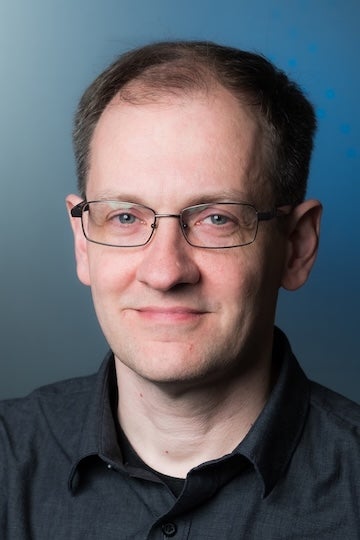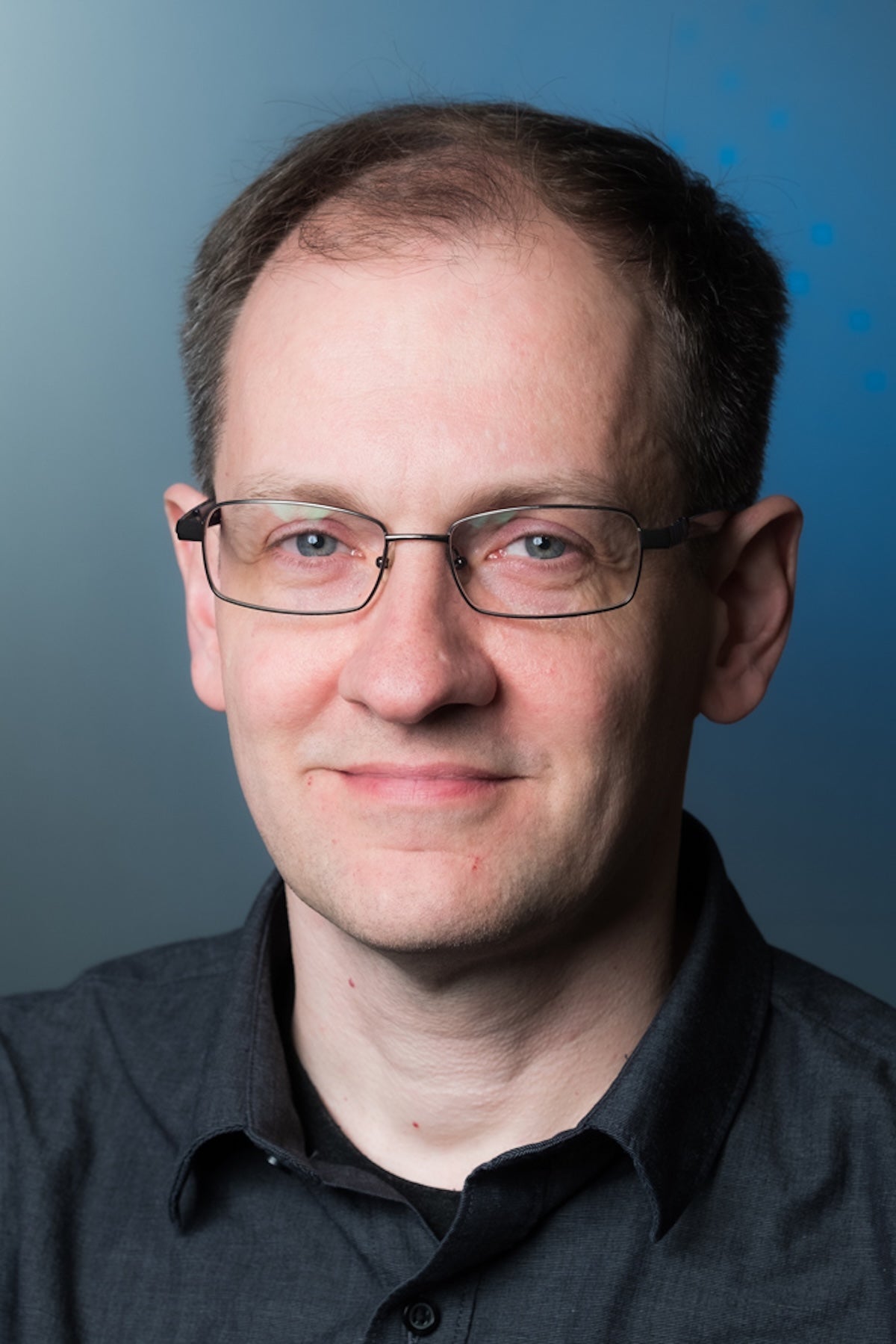Collagen, the body’s most abundant protein, has long been viewed as a predictable structural component of tissues. However, a new study led by Rice University’s Jeffrey Hartgerink and Tracy Yu, in collaboration with Mark Kreutzberger and Edward Egelman at the University of Virginia (UVA), challenges that notion, revealing an unexpected confirmation in collagen structure that could reshape biomedical research.

The researchers used advanced cryo-electron microscopy (cryo-EM) to determine the atomic structure of a packed collagen assembly that deviates from the traditionally accepted right-handed superhelical twist. Published Feb. 3 in ACS Central Science, the study suggests collagen’s structural diversity may be greater than previously believed.
“This work fundamentally changes how we think about collagen,” said Hartgerink, professor of chemistry and bioengineering. “For decades, we have assumed that collagen triple helices always follow a strict structural paradigm. Our findings show that collagen assemblies can adopt a wider range of conformations than previously thought.”
Unveiling a new collagen conformation
To explore collagen assembly at an atomic level, the research team designed a system of self-assembling peptides based on the collagen-like region of C1q, a key immune protein. They then used cryo-EM, a technology that allows scientists to visualize biomolecules in unprecedented detail, to analyze the structure of the assembled peptides. The resulting model revealed a deviation from the canonical right-handed superhelical twist.
This unexpected conformation enables unique molecular interactions, including hydroxyproline stacking between adjacent helices and forming a symmetrical hydrophobic cavity. Such features suggest that collagenous assemblies may be far more structurally diverse than previously believed.

“The absence of the superhelical twist allows for molecular interactions not seen before in collagen,” said Yu, a former graduate student of Hartgerink who is now a postdoctoral researcher at the University of Washington.
Kreutzberger, the first author of this study, said that this discovery indeed questions previous beliefs. “It challenges the long-held dogma about collagen structure and opens the door to re-examining its biological roles,” Kreutzberger said.
Significance for medicine and biomaterials
The implications of this discovery could extend beyond fundamental biology. Collagen is not just a structural protein — it plays essential roles in cell signaling, immune function and tissue repair.
By gaining a deeper understanding of collagen’s structural variability, researchers may unlock new insights into diseases where collagen assembly is compromised, including Ehlers-Danlos syndrome, fibrosis and certain cancers.
Additionally, this work lays the foundation for innovations in biomaterials and regenerative medicine. By harnessing the unique structural properties of this newly identified collagen conformation, scientists could design novel materials for wound healing, tissue engineering and drug delivery.
Cryo-EM’s breakthrough in structural biology

Despite collagen’s ubiquity in human biology, studying its higher-order structures at high resolution has been a challenge. Traditional techniques such as X-ray crystallography and fiber diffraction have provided valuable insights but could not capture collagen packing in complex assemblies. Cryo-EM, however, has overcome these limitations, allowing the research team to visualize collagen’s intricate architecture in new detail.
“Our research refines our understanding of collagen and highlights the importance of re-examining other biological structures previously thought to be well understood,” said Egelman, study co-corresponding author.
Additional co-authors of the study include Michael Purdy of UVA; Thi Bui and Maria Hancu of the Department of Chemistry at Rice; Tomasz Osinski of the University of Southern California; and Peter Kasson of the Georgia Institute of Technology.
The U.S. National Science Foundation Division of Chemistry, The Robert A. Welch Foundation and the National Institute of General Medical Sciences supported this work.

